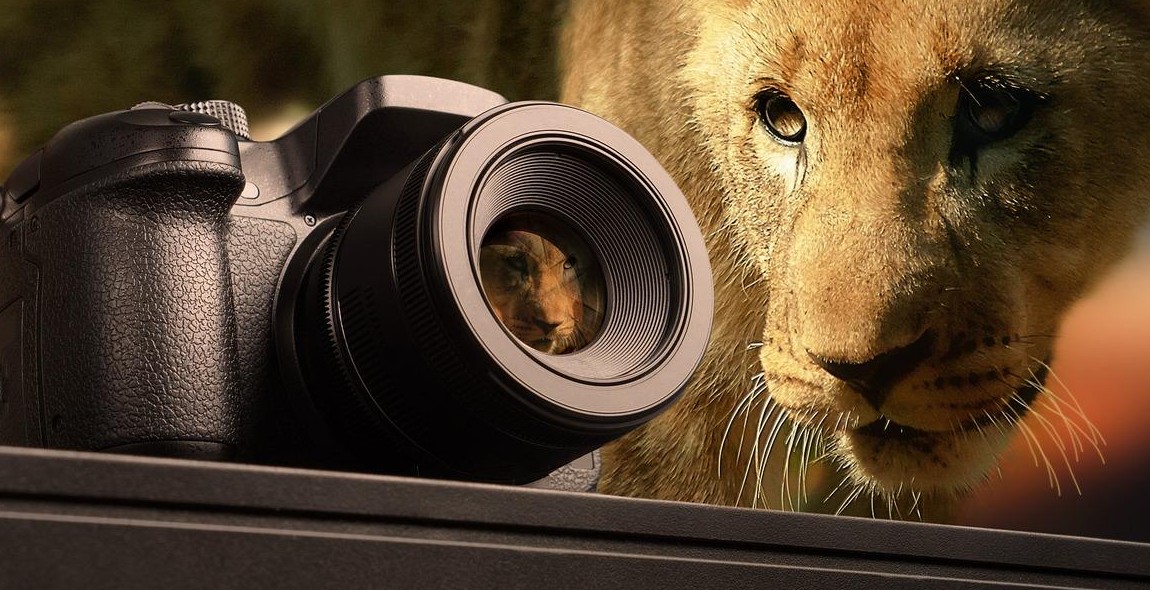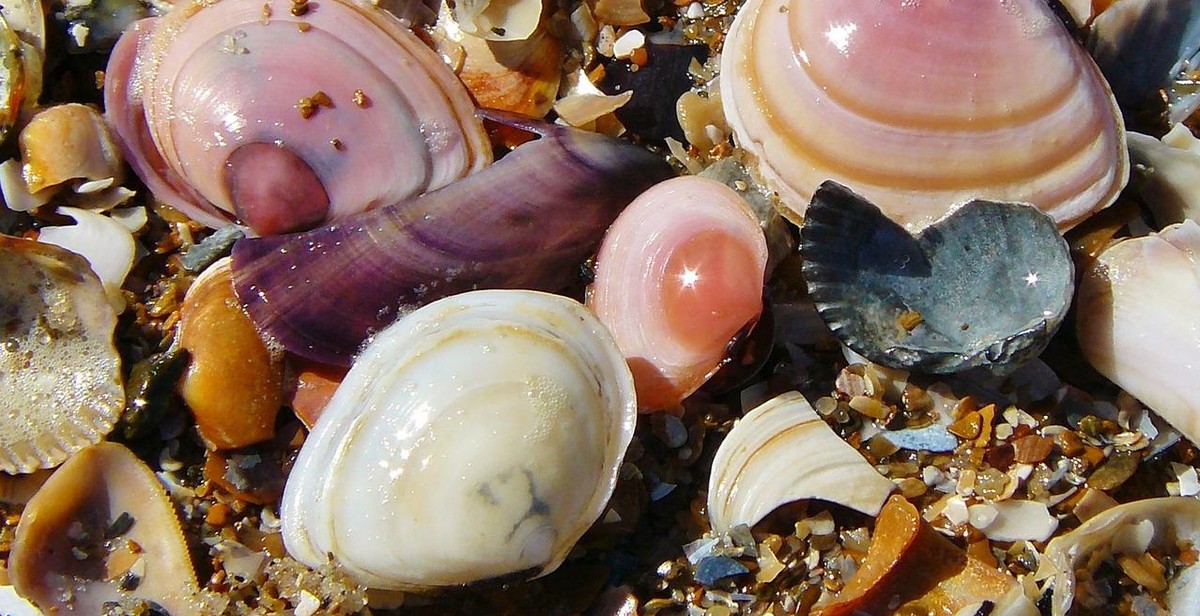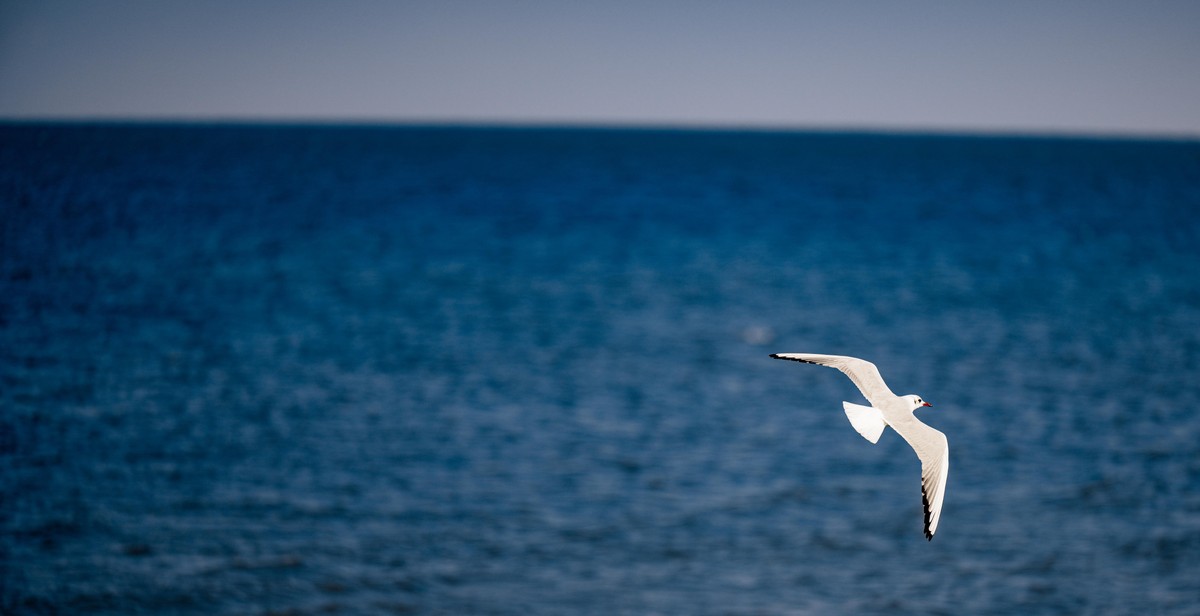A Guide to Wildlife Photography for Beginners
Wildlife photography is a captivating and rewarding hobby that allows you to capture the beauty and essence of nature’s most fascinating creatures. Whether you’re an aspiring photographer or simply have a love for wildlife, this guide is designed to help you get started in the world of wildlife photography.
Why Choose Wildlife Photography?
Wildlife photography offers a unique opportunity to connect with the natural world and showcase its wonders through stunning images. It allows you to observe and document animals in their natural habitats, capturing their behavior, interactions, and intricate details. By sharing these images with others, you can raise awareness about conservation efforts and inspire a deeper appreciation for the natural world.
Equip Yourself with the Right Gear
Before embarking on your wildlife photography journey, it’s important to invest in the proper equipment. A good DSLR or mirrorless camera with interchangeable lenses will give you the versatility and control needed to capture stunning wildlife shots. Additionally, telephoto lenses with a long focal length and a sturdy tripod are essential for getting close-up shots without disturbing the animals.
Master the Art of Patience and Observation
Wildlife photography requires patience, as you may have to spend hours waiting for the perfect shot. Understanding animal behavior and their natural habitats is crucial for predicting their movements and capturing unique moments. By observing their patterns and anticipating their actions, you can increase your chances of capturing incredible wildlife photographs.
Learn the Basics of Composition and Lighting
Composition and lighting play a vital role in wildlife photography. By learning the rule of thirds, leading lines, and other composition techniques, you can create visually appealing and impactful images. Additionally, understanding how different lighting conditions affect your subjects will help you capture their true beauty and create stunning photographs.
With the right gear, patience, observation skills, and knowledge of composition and lighting, you’ll be well on your way to capturing breathtaking wildlife photographs. So grab your camera, head out into nature, and let the adventure begin!

Getting Started with Wildlife Photography
Choosing the Right Equipment
When it comes to wildlife photography, having the right equipment is crucial. Invest in a good quality DSLR or mirrorless camera that allows you to capture high-resolution images. Pair it with a telephoto lens to bring distant subjects closer. A lens with a focal length of 300mm or more is recommended for wildlife photography.
Additionally, consider using a tripod or monopod to stabilize your camera and reduce camera shake. This is especially important when shooting in low light conditions or using a heavy telephoto lens.
Understanding Basic Camera Settings
Mastering the basic camera settings is essential for wildlife photography. Start by setting your camera to aperture priority mode (A or Av) to control the depth of field. Adjust the ISO to achieve the right exposure, keeping in mind that a higher ISO can introduce noise.
Experiment with different shutter speeds to freeze or blur the motion of your subjects. Use a fast shutter speed to capture birds in flight or a slow shutter speed to create a sense of motion in running animals.
Composition Techniques
Composition plays a vital role in wildlife photography. Aim for a balanced composition by using the rule of thirds. Place your subject off-center for a more visually appealing image.
Consider the background and foreground elements to create depth and context. Avoid cluttered backgrounds that may distract from your subject. Look for natural frames, such as branches or leaves, to add interest to your composition.
Patience is key in wildlife photography. Spend time observing your subjects and anticipate their behavior to capture unique and captivating moments.

Finding and Approaching Wildlife
Researching Wildlife Locations
Before embarking on your wildlife photography journey, it is crucial to research and identify the best locations to find the animals you want to photograph. Online resources, such as wildlife forums, websites, and social media groups, can provide valuable information on hotspots and recent sightings. Additionally, consult guidebooks, visit local visitor centers, or contact local wildlife organizations for tips and recommendations.
Tips for Approaching Wildlife
When approaching wildlife, it is essential to prioritize their safety and well-being. Here are some tips to consider:
- Move slowly and quietly to avoid startling the animals.
- Stay downwind to prevent your scent from reaching them.
- Use natural cover, such as trees or bushes, to blend into the environment.
- Observe their behavior from a distance and look for signs of agitation or stress.
- Respect their personal space and avoid getting too close.
- Avoid sudden movements or loud noises that may frighten them.
Photographing Animals in Captivity
While photographing animals in the wild offers unique challenges and rewards, capturing images of animals in captivity can also be a valuable learning experience. Zoos, wildlife sanctuaries, and rehabilitation centers provide controlled environments where you can practice your skills. Remember to respect the animals’ boundaries, follow any specific guidelines or restrictions, and focus on capturing their natural behaviors and expressions.

Mastering Light and Exposure
When it comes to wildlife photography, understanding how to manipulate light and exposure is crucial. Here are some essential techniques to help you capture stunning images:
Golden Hour Photography
One of the most magical times of the day for wildlife photography is during the golden hour, which occurs shortly after sunrise and before sunset. The soft, warm light during this time enhances the colors and textures of your subjects, creating a beautiful and ethereal atmosphere. Plan your shoots accordingly to make the most of this golden light.
Dealing with Harsh Lighting Conditions
While the golden hour is ideal, wildlife photographers often encounter harsh lighting conditions. To mitigate these challenges, try shooting in the early morning or late afternoon when the sun is lower in the sky. This will help reduce the harsh shadows and highlights that can obscure important details. Additionally, consider using a diffuser or reflector to soften the light or fill in shadows.
Using Fill Flash
In situations where the lighting is uneven or insufficient, employing fill flash can make a significant difference. This technique involves using a flash to provide additional light and fill in shadows on your subject. However, be mindful of not overpowering the natural light or causing harsh shadows. Adjust the flash power and angle to achieve a balanced and natural-looking result.
Capturing Wildlife Behavior
One of the most rewarding aspects of wildlife photography is capturing the unique behavior of animals in their natural habitat. To effectively document these moments, there are several techniques you can employ:
Patience and Observation
Patience is key when it comes to capturing wildlife behavior. Spend time observing your subject, understanding their habits and movements. By patiently waiting and studying their behavior, you can anticipate and capture those fleeting moments that tell a story.
Freezing Action
When photographing fast-moving animals, freezing the action is crucial to capturing their behavior in detail. Use a fast shutter speed and continuous shooting mode to capture sharp, crisp images that freeze the subject’s movement. This technique is particularly effective when photographing birds in flight or animals engaged in dynamic activities.
Creating Motion Blur
On the other hand, you can also experiment with creating motion blur to convey a sense of movement in your wildlife photographs. This technique works well when photographing animals running, flying, or swimming. To achieve motion blur, use a slower shutter speed and pan your camera with the subject’s movement, resulting in a blurred background and a sharp subject.
Remember, capturing wildlife behavior requires practice, persistence, and a deep understanding of your subject. By employing these techniques and honing your observation skills, you can create compelling images that showcase the fascinating behavior of wildlife.

Editing and Post-processing
Editing and post-processing are crucial steps in wildlife photography that can take your images to the next level. Here are some essential techniques and software options to consider:
Choosing the Right Software
When it comes to editing wildlife photos, selecting the right software is essential. Adobe Lightroom and Photoshop are popular choices among photographers due to their powerful editing capabilities and user-friendly interfaces. These software programs offer a wide range of tools and features for enhancing your images.
Basic Editing Techniques
Start by adjusting the exposure, contrast, and white balance to ensure accurate colors and tones in your wildlife photos. Crop and straighten the image to improve composition. Use the cloning and healing tools to remove distractions or imperfections. Additionally, sharpening and noise reduction techniques can help enhance the overall image quality.
Enhancing Colors and Details
To make your wildlife images pop, experiment with enhancing colors and details. Use the vibrance and saturation sliders to boost the vibrancy of specific colors without affecting the entire image. Adjust the clarity and texture to bring out finer details in feathers, fur, or scales. Don’t be afraid to apply selective adjustments to specific areas using masks or adjustment brushes.
Remember, the goal of editing and post-processing is to enhance your wildlife photos while maintaining a natural and realistic look. Practice and experimentation will help you develop your unique editing style that showcases the beauty of the animal kingdom.
Ethical Considerations
When engaging in wildlife photography, it is crucial to prioritize ethical considerations to ensure the well-being of the animals and their habitats. By following these guidelines, beginners can enjoy capturing stunning images while respecting wildlife and promoting conservation efforts.
Respecting Wildlife and their Habitat
Always maintain a safe distance from the animals to avoid causing stress or altering their natural behavior. Be aware of their comfort zones and avoid approaching too closely. Additionally, refrain from disturbing nests, dens, or other habitats, as this can disrupt their breeding and nesting patterns.
Avoiding Harmful Disturbances
Do not use artificial baits or lures to manipulate animal behavior. Avoid making loud noises or sudden movements that may startle or frighten the wildlife. Flash photography should be used sparingly, if at all, as it can disorient or blind animals, especially nocturnal species.
Promoting Conservation
Support wildlife conservation organizations and initiatives that work towards preserving natural habitats and protecting endangered species. Educate yourself and others about the importance of wildlife conservation, and use your photography to raise awareness and promote responsible practices.
Remember, as a wildlife photographer, you have the power to capture the beauty of nature while advocating for its protection. By adhering to these ethical considerations, you can contribute to the preservation of wildlife for future generations.
Conclusion
In conclusion, wildlife photography is a rewarding and exhilarating hobby that allows you to capture the beauty of nature and the amazing diversity of wildlife. With the right equipment, knowledge, and skills, beginners can start their journey into this fascinating field.
Remember to research and familiarize yourself with the behavior and habitats of the animals you wish to photograph. Patience is key, as wildlife photography often requires waiting for the perfect shot.
Investing in a good quality camera, lens, and other essential gear will greatly enhance your photography experience. Additionally, understanding the technical aspects such as aperture, shutter speed, and ISO will help you capture stunning images.
Always prioritize the welfare of the animals and their habitat. Respect their space and never disturb or harm them for the sake of a photograph. Being a responsible wildlife photographer means observing ethical guidelines and protecting the subjects you capture.
Lastly, practice makes perfect. Take every opportunity to practice your skills, experiment with different techniques, and learn from your mistakes. Joining photography clubs, workshops, and online communities can also provide valuable feedback and mentorship.
So, grab your camera, venture into the wild, and let your creativity shine through your wildlife photographs. Enjoy the journey and be prepared to be amazed by the wonders of nature that you will capture along the way. Happy shooting!
